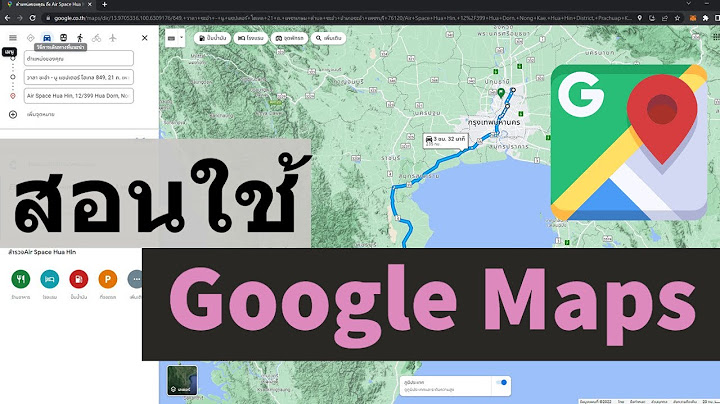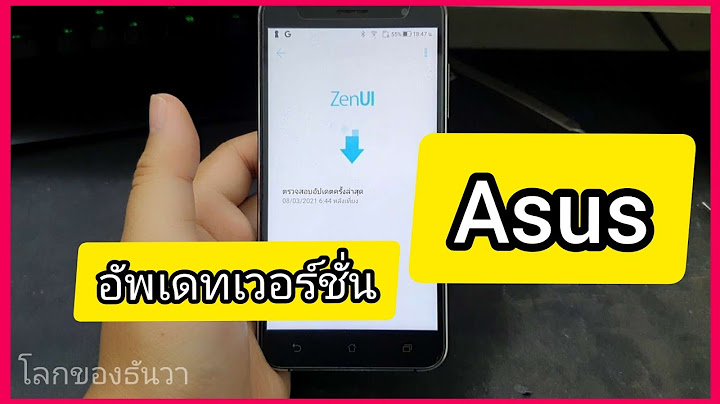Please use this identifier to
cite or link to this item:
Items in CMUIR are protected by copyright, with all rights reserved, unless otherwise indicated. สืบค้นเอกสารฉบับเต็ม (Full Text) จากฐานข้อมูลวิทยานิพนธ์ (Thesis Database) ของบัณฑิตวิทยาลัย มหาวิทยาลัยราชภัฏสกลนคร ชื่อวิทยานิพนธ์การพัฒนาหลักสูตรเสริมตามแนวคิดเมตาคอกนิชัน และการเรียนรู้โดยใช้บริบทเป็นฐาน เพื่อเสริมสร้างทักษะ และกระบวนการทางคณิตศาสตร์ ของนักเรียนชั้นมัธยมศึกษาปีที่ 5The Development of Enrichment Curriculum Using Metacognitive Approach and Context-Based Learning to Enhance Mathematical Skills and Processes of Mathayom Suksa 5 Studentsผู้จัดทำประภัทร์ กุดหอม รหัส 55632227112 ระดับ ป.เอก ภาคพิเศษหลักสูตรปรัชญาดุษฎีบัณฑิต (ปร.ด.) สาขาวิชา วิจัยหลักสูตรและการสอนปี พ.ศ.2560ที่ปรึกษาดร.อุษา ปราบหงษ์, ผู้ช่วยศาสตราจารย์ ดร.ประยูร บุญใช้บทคัดย่อ การวิจัยครั้งนี้มีวัตถุประสงค์เพื่อ 1) ศึกษาข้อมูลพื้นฐานในการพัฒนาหลักสูตรเสริมตามแนวคิดเมตาคอกนิชันและการเรียนรู้โดยใช้บริบทเป็นฐานเพื่อเสริมสร้างทักษะและกระบวนการทางคณิตศาสตร์ ของนักเรียนชั้นมัธยมศึกษาปีที่ 5 2) พัฒนาหลักสูตรเสริม 3) เปรียบเทียบทักษะและกระบวนการทางคณิตศาสตร์ของนักเรียนก่อนและหลังการทดลองและหลังการทดลองเทียบกับเกณฑ์ร้อยละ 75 และ 4) เปรียบเทียบเจตคติต่อคณิตศาสตร์ของนักเรียนก่อนและหลังการทดลอง การพัฒนาหลักสูตรมี 4 ขั้นตอน คือ 1) ศึกษาข้อมูลพื้นฐานในการพัฒนาหลักสูตร กลุ่มตัวอย่าง ประกอบด้วย นักเรียน จำนวน 100 คน ครูผู้สอน จำนวน 20 คน และผู้ทรงคุณวุฒิ 5 คน โดยใช้แบบสอบถามความคิดเห็น 2) สร้างหลักสูตร 3) ทดลองใช้หลักสูตร กลุ่มตัวอย่างประกอบด้วย นักเรียนชั้นมัธยมศึกษาปีที่ 5 โรงเรียนพังโคนวิทยาคม สังกัดสำนักงานเขตพื้นที่การศึกษามัธยมศึกษา เขต 23 ภาคเรียนที่ 1 ปีการศึกษา 2560 จำนวน 20 คน ได้มาโดยการสุ่มแบบหลายขั้นตอน (Multi-stage Sampling) และ 4) ปรับปรุงหลักสูตร เครื่องมือที่ใช้ในการเก็บรวบรวมข้อมูลพื้นฐาน คือ แบบสอบถาม เครื่องมือที่ใช้ในการทดลอง คือ แผนการจัดการเรียนรู้ แบบวัดทักษะและกระบวนการทางคณิตศาสตร์ และแบบวัดเจตคติ สถิติที่ใช้ในการวิเคราะห์ข้อมูล คือ ร้อยละ ค่าเฉลี่ยเลขคณิต ส่วนเบี่ยงเบนมาตรฐาน และค่าทดสอบที (t-test) แบบ Dependent Samples ผลการวิจัยพบว่า 1. ข้อมูลพื้นฐานโดยภาพรวม นักเรียน ครูผู้สอนและผู้ทรงคุณวุฒิมีความคิดเห็นต้องการส่งเสริมและพัฒนาหลักสูตรเสริมอยู่ในระดับมาก ( = 4.35) รายด้านพบว่า ด้านการวัดผลและประเมินผลอยู่ในระดับมากที่สุด ( = 4.50) ด้านทักษะและกระบวนการทางคณิตศาสตร์อยู่ในระดับมาก ( = 4.47) และด้านเนื้อหาและกิจกรรมการเรียนรู้อยู่ในระดับมาก ( = 4.08) 2. หลักสูตรเสริมที่พัฒนาขึ้น มี 6 องค์ประกอบ ได้แก่ 1) ทฤษฎีและแนวคิดพื้นฐาน 2) หลักการ 3) จุดมุ่งหมาย 4) เนื้อหา 5) การจัดกิจกรรมการเรียนรู้ และ 6) การวัดผลและประเมินผล โดยเนื้อหาประกอบด้วย 3 หน่วยการเรียนรู้ ใช้เวลาเรียน 27 ชั่วโมง ได้แก่ 1) เซตในสถานการณ์ชีวิตประจำวัน 2) สามเหลี่ยมมุมฉากและอัตราส่วนตรีโกณมิติในสถานการณ์ชีวิตประจำวัน และ 3) ลำดับและอนุกรมในสถานการณ์ชีวิตประจำวัน การจัดกิจกรรมการเรียนรู้ ประกอบด้วย 4 ขั้นตอน ได้แก่ ขั้นที่ 1 กำหนดสถานการณ์ ขั้นที่ 2 ลงมือปฏิบัติงานประกอบด้วยขั้นย่อย 4 ขั้น ได้แก่ เริ่มต้น จัดเตรียม กระทำให้สำเร็จ และตรวจสอบ ขั้นที่ 3 เรียนรู้แนวคิดสำคัญ และขั้นที่ 4 นำไปใช้ในสถานการณ์ใหม่ 3. ทักษะและกระบวนการทางคณิตศาสตร์ของนักเรียนหลังการทดลองสูงกว่าก่อนการทดลองและสูงกว่าเกณฑ์ร้อยละ 75 อย่างมีนัยสำคัญทางสถิติที่ .01 4. เจตคติต่อคณิตศาสตร์ของนักเรียนหลังการทดลองสูงกว่าก่อนการทดลองอย่างมีนัยสำคัญทางสถิติที่ .01 AbstractThe purposes of this study were to: 1) investigate basic information for developing an enrichment curriculum using metacognitive approach and context-based learning to enhance mathematical skills and processes of Mathayom Suksa 5 students, 2) develop an enrichment curriculum, 3) compare students’ mathematical skills and processes before and after the intervention with the set criterion of 75%, 4) compare students’ attitude toward mathematics before and after the intervention. The curriculum development comprised four steps: 1) Investigation of Basic information. A questionnaire was administered to 100 students, 20 teachers, and five scholars to determine basic information concerning curriculum development; 2) Curriculum construction; 3) Curriculum implementation. The samples, obtained from multi-stage sampling, were 20 Mathayom Suksa 5 students of Phangkhonwittayakhom School under the Office of the Secondary Education Service Area 23 in the first semester of academic year 2017; and 4) Curriculum refinement. The research instruments for data collection were a set of questionnaires, lesson plans, a test of mathematical skills and processes, and a form of attitude toward mathematics. Statistics for data analysis were percentage, arithmetic mean, standard deviation, and t-test for dependent samples. The findings were as follows: 1. The survey results showed that students, teachers and scholars agreed to promote and develop an enrichment curriculum at a high level ( = 4.35). When considering in each aspect, measurement and evaluation was at the highest level ( = 4.50), mathematical skills and processes was at a high level ( = 4.47), and content and learning activity was at a high level ( = 4.08). 2. The developed enrichment curriculum comprised six components: 1) theory and basic concepts, 2) principles, 3) objectives, 4) contents, 5) learning activities, and 6) measurement and evaluation. The contents comprised three units of learning with a total of 27 hours, namely: unit 1-Set in everyday life situations; unit 2-Trigonometry and trigonometric ratios in real life situations; and unit 3-Sequence and series in daily life. The learning activities comprised four steps: Step 1-Determining the situation; Step 2-Action comprising four stages: orientation, organization, accomplishment, and verification; Step 3-Learning important concepts; and Step 4-Applying in new situations. 3. The students had higher skills and processes in mathematics after the intervention than those before the intervention, higher than the set criterion of 75% with statistical significant at the .01 level. 4. The students’ attitude toward mathematics after the intervention was higher than that before the intervention with statistical significant at the .01 level. คำสำคัญ หลักสูตรเสริม, ทักษะและกระบวนการทางคณิตศาสตร์, เมตตาคอกนิชัน, การเรียนรู้แบบอิงบริบทเป็นฐานKeywordsEnrichment Curriculum, Mathematical Skills and Processes, Metacognition, Context-based Learningไฟล์วิทยานิพนธ์วันที่นำเข้าข้อมูล22 เมษายน 2562 - 11:48:27View 2365 ครั้ง |

การโฆษณา
ข่าวล่าสุด
การโฆษณา
ผู้มีอำนาจ
การโฆษณา
ถูกกฎหมาย
ช่วย

ลิขสิทธิ์ © 2024 th.ketiadaan Inc.




















